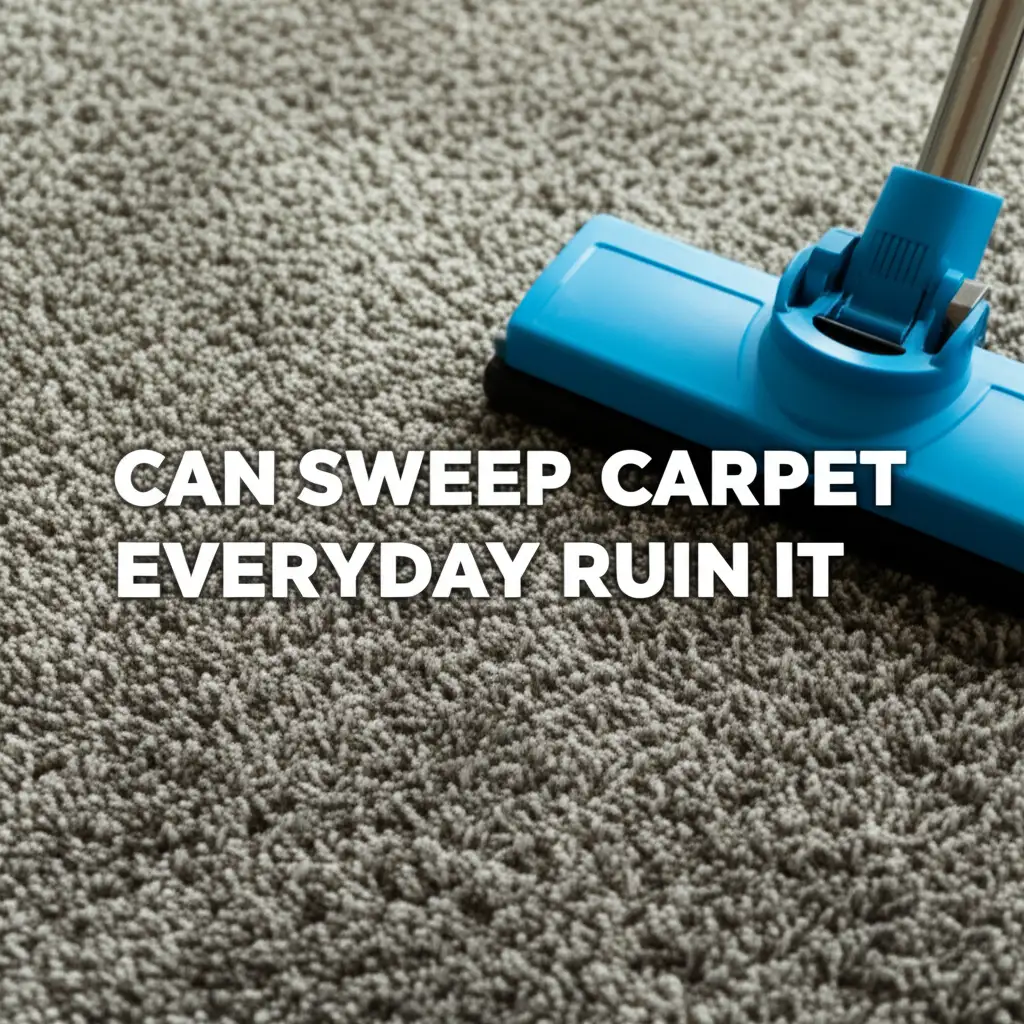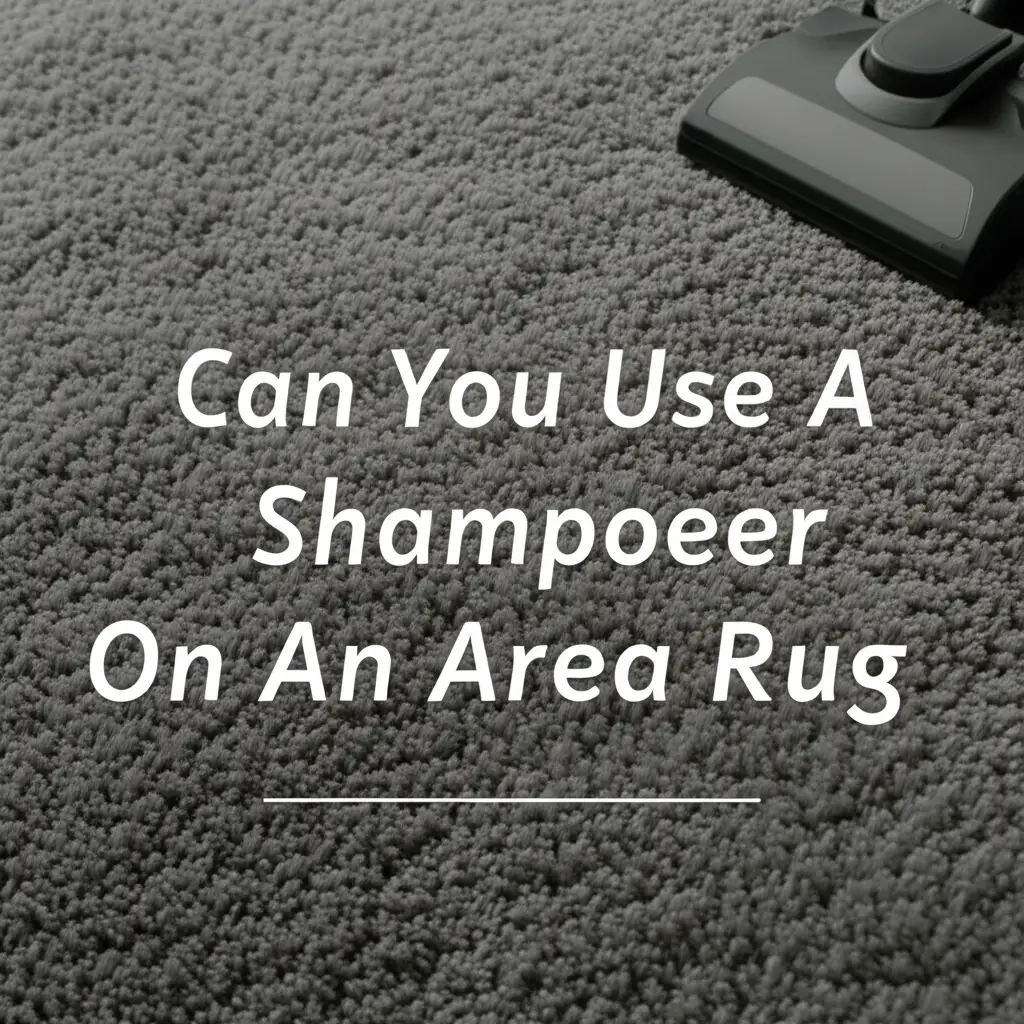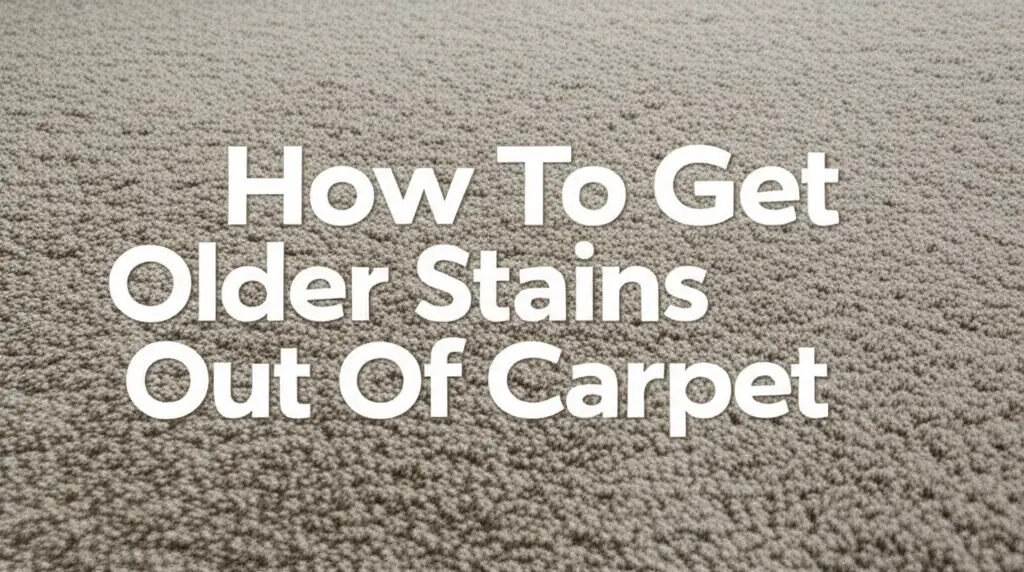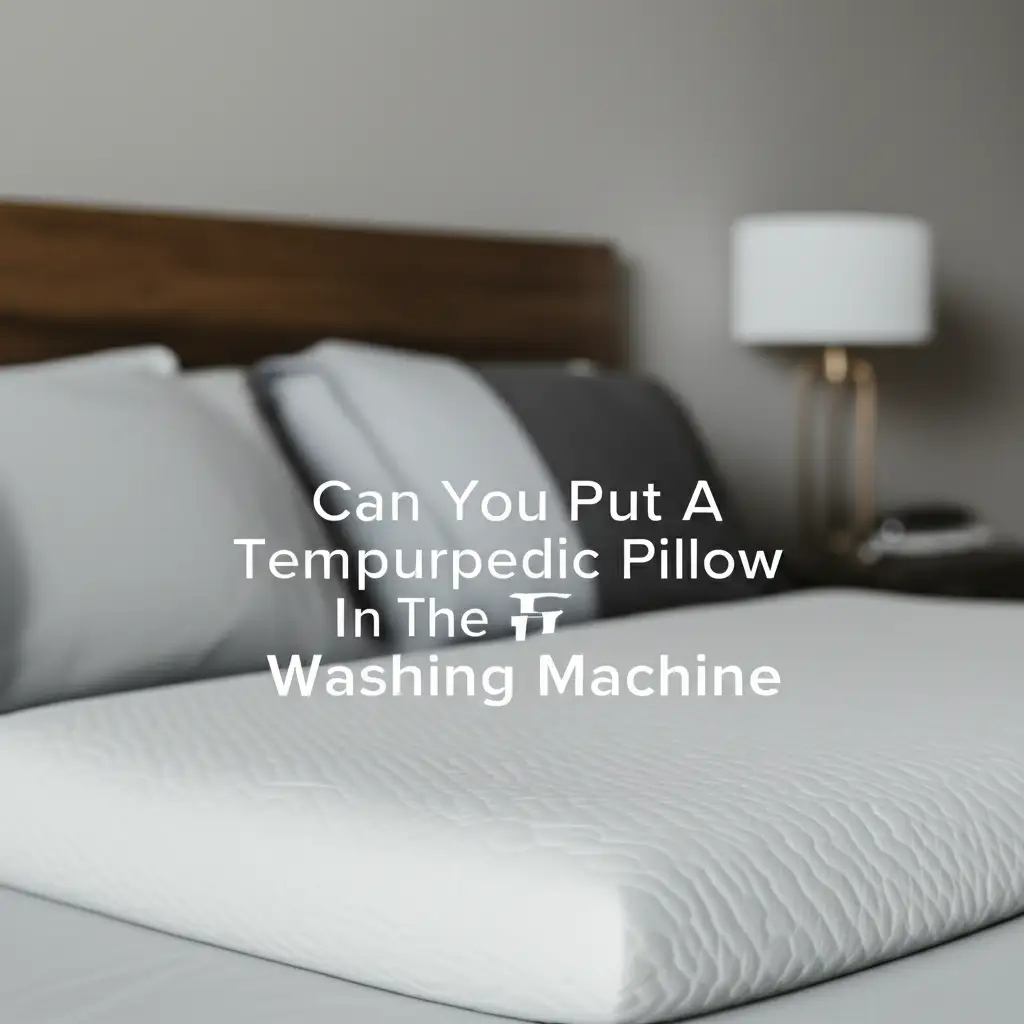· Elira Thomsen · Home Care · 13 min read
What Can I Put Over Carpet To Protect It
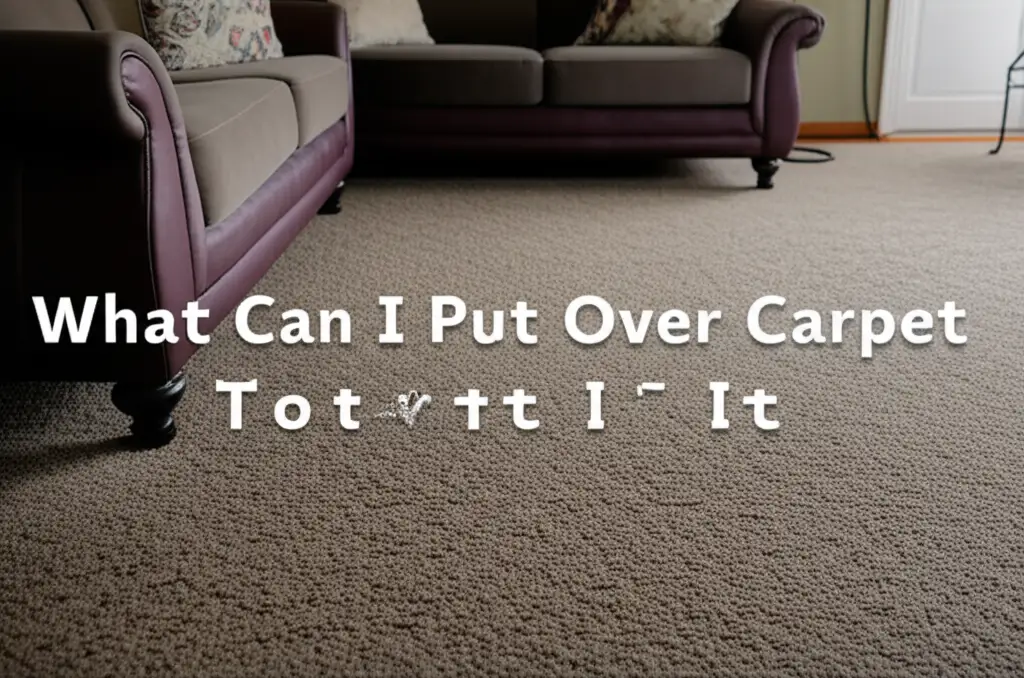
Protecting Your Carpet: Top Solutions for Longevity
My carpets see a lot of life. From daily foot traffic to unexpected spills and the playful antics of pets, they endure significant wear. If you are like me, you often wonder how to keep your beautiful carpet looking new. Protecting your carpet ensures it lasts longer and maintains its appearance.
This guide explores various options for carpet protection. We will look at practical solutions you can put over your carpet. We will cover everything from decorative rugs to specialized mats. You will learn how to choose the best protection for your home’s needs. Let us keep your floors beautiful for years to come.
Takeaway
- Layer with Area Rugs: Add style and protect large carpeted areas from general wear.
- Use Runners: Shield high-traffic paths from dirt and friction.
- Place Mats Strategically: Guard entryways, desks, and pet feeding spots.
- Consider Temporary Films: Offer quick, robust protection for events or renovations.
- Maintain Regularly: Consistent cleaning prevents damage and extends carpet life.
To protect your carpet, you can place various coverings over it. Options include area rugs, carpet runners, chair mats, and entry mats. Temporary solutions like plastic sheeting or protective films also offer significant defense against spills and heavy foot traffic.
Area Rugs: A Stylish Shield for Your Carpet
Area rugs serve a dual purpose in any home. They add warmth and color to a room’s design. More importantly, they act as a strong barrier against daily wear and tear on your underlying carpet. Placing an area rug in high-traffic zones, like living rooms or dining areas, protects the carpet fibers.
Rugs catch dirt, spills, and friction from furniture. This means your main carpet remains cleaner and less damaged over time. I find them very useful for defining spaces too. They also offer a quick way to change a room’s look without replacing the entire carpet.
Choosing the Right Area Rug
Selecting the perfect area rug involves a few steps. First, consider the rug’s size. It should be large enough to cover the main traffic path or furniture grouping. Next, think about the material. Wool rugs are durable and easy to clean, while synthetic options often offer good stain resistance.
The rug’s backing is also important. A non-slip backing helps the rug stay in place and prevents it from bunching up. You can also use a separate rug pad underneath for extra cushioning and stability. This prevents the rug from slipping and protects the carpet underneath from abrasive backings. A good rug pad also makes vacuuming the rug easier.
Carpet Runners: Protecting High-Traffic Zones
Carpet runners are long, narrow pieces of carpet. They are perfect for shielding specific paths in your home that see heavy foot traffic. Hallways, staircases, and entryways are common places for runners. These areas usually show wear much faster than other parts of a room.
Runners absorb the impact and friction of footsteps. This keeps the underlying carpet from matting down or wearing out. I always suggest runners for busy families or homes with pets. They are a simple yet effective way to extend your carpet’s life in crucial areas. Plus, they add a touch of style to often-overlooked spaces.
Benefits of Using Carpet Runners
Using carpet runners offers several key benefits. They provide a protective layer against dirt and debris carried indoors. This means less dirt reaches your main carpet. Runners also reduce wear from shoes and pet claws. For instance, if you have cats, using runners can help protect carpet from cat scratching. They are easier to clean than an entire room of carpet. You can simply shake them out or vacuum them frequently.
Runners also add a layer of safety. They can provide extra grip on slippery carpet surfaces, especially on stairs. Choosing runners with a non-slip backing or using rug pads is very important. This ensures they stay securely in place and do not become a tripping hazard. For tips on how to ensure they stay flat and secure, you might find information on how to keep a carpet down helpful. When selecting a runner, consider its length. You can find out more about how long is a carpet runner to ensure it fits your space perfectly.
Chair Mats and Desk Protectors: Office Carpet Solutions
Our home office spaces often involve chairs with wheels. These chairs can cause significant damage to carpet over time. The constant rolling and swiveling of chair casters compress carpet fibers. This leads to worn-out spots, indentations, and even tearing. A chair mat is the best solution for this common problem.
Chair mats are rigid, transparent sheets placed under office chairs. They provide a smooth surface for chairs to glide on. This protects your carpet from the concentrated pressure of chair wheels. I use one in my office, and it has saved my carpet from irreparable damage. They come in various sizes and thicknesses to suit different needs.
Types of Chair Mats
Chair mats are usually made from clear plastic, such as PVC or polycarbonate. Some modern options also use recycled materials. You can choose between spiked backings for carpeted floors or smooth backings for hard floors. For carpets, the spikes grip the carpet fibers. This prevents the mat from slipping or sliding around.
When buying a chair mat, consider the pile of your carpet. Thicker mats with longer spikes work best for high-pile or plush carpets. Thinner mats are suitable for low-pile or commercial carpets. Desk protectors are similar but cover a larger area of your desk. They protect the carpet where your feet rest or where spills might occur. These products are a small investment that yields big protective benefits.
Protective Films and Plastic Coverings: Temporary Shielding
Sometimes, you need robust, temporary carpet protection. This is especially true during home renovations, painting projects, or large gatherings. Protective films and plastic coverings offer an excellent solution. They create a strong barrier over your carpet. This barrier shields it from paint spills, dust, construction debris, or excessive foot traffic.
These products are often self-adhesive, making them easy to apply and remove. They stick securely to the carpet surface without leaving residue. I have used them for moving heavy furniture. They prevent scuffs and tears on the carpet during the process. This type of protection is ideal for short-term, high-impact situations.
When to Use Temporary Protectors
Temporary carpet protectors are perfect for several scenarios. When you are painting a room, they catch drips and splatters. During a renovation, they keep construction dust and debris from settling deep into your carpet fibers. If you are hosting a large party, they can protect your carpet from spills and excessive wear.
They are also useful for moving. Placing them along pathways helps prevent damage from heavy boxes or furniture. These films are typically waterproof. This adds an extra layer of defense against liquid spills. Remember to remove them promptly after the need passes. Prolonged use can sometimes trap moisture or affect carpet breathability.
Specialty Mats: Entryways and Pet Areas
Beyond general area rugs and runners, specialty mats offer targeted protection. These mats address specific common challenges in homes. Entryway mats, for example, are crucial for stopping dirt and moisture at the door. Pet mats are designed to contain spills and messes from our furry friends. Both types of mats play a vital role in keeping your carpets cleaner and protected.
I always recommend having a good quality entryway mat both inside and outside your main doors. They trap dirt before it spreads throughout the house. Pet mats offer a designated area for food and water bowls. This prevents stains on your carpet from spills.
Protecting Against Specific Threats
Entryway Mats: These mats are often made from durable, absorbent materials. They scrape off dirt and soak up moisture from shoes. Place one outside your door and another just inside. This creates a double barrier against outdoor elements. Regular shaking or vacuuming keeps them effective.
Pet Mats: Pets can be messy eaters and drinkers. A pet mat is usually waterproof and has a raised edge. This contains food and water spills. Some mats have textured surfaces to prevent bowls from sliding. For those with pets, having a pet mat under feeding stations is a must. They prevent stains and odors from soaking into your carpet. They also save you from frequent carpet cleaning for small spills. You can also explore options to protect carpet from cat scratching with specific pet-friendly mats.
Regular Maintenance: The Best Carpet Protector
While adding physical barriers over your carpet is important, regular maintenance remains the most effective protection. A clean carpet is a durable carpet. Dirt and grit are abrasive. They act like sandpaper, wearing down carpet fibers over time. Stains, if left untreated, can become permanent. I have learned that consistent care saves money and preserves the beauty of my carpets for years.
Neglecting regular cleaning can lead to premature aging of your carpet. It also makes professional cleaning more difficult and less effective. Think of maintenance as an ongoing shield. It constantly works to keep your carpet in top condition. This extends its life far beyond what just covers can achieve.
Essential Carpet Care Practices
Vacuuming: Regular vacuuming removes dry soil and grit before it embeds deeply. I aim to vacuum high-traffic areas several times a week. Less used areas can be vacuumed weekly. Using the correct vacuum settings is important. Knowing what is low carpet and high carpet setting on vacuum ensures effective cleaning without damaging fibers.
Spot Cleaning: Address spills immediately. Blot, do not rub, with a clean cloth. Use appropriate cleaning solutions for specific stain types. Quick action prevents stains from setting. This is crucial for keeping your carpet looking fresh.
Professional Cleaning: Schedule professional deep cleaning at least once a year. This removes embedded dirt and allergens. It also revitalizes carpet fibers. Professional cleaning helps maintain your carpet’s appearance and hygiene. You can consider various methods like dry cleaning a carpet for effective results.
Choosing the Right Carpet Protection: Factors to Consider
Selecting the best carpet protection involves careful thought. There is no single “best” solution for every situation. Your choice depends on several factors specific to your home and lifestyle. Considering these points ensures you pick the most effective and practical option. I always think about who lives in my home and how we use each room. This helps me make the right decisions for my carpets.
Making an informed decision will save you time and money. It also ensures your carpet remains protected. This prevents frustration from premature wear or damage. Let us explore the key factors to consider.
Key Factors in Your Decision
Traffic Level: How much foot traffic does the area receive? High-traffic zones like hallways or living rooms need more robust protection. Runners and durable area rugs are good choices here. Low-traffic areas might only need occasional mats.
Presence of Pets or Children: Pets and children often mean more spills and potential damage. Waterproof mats, spill-resistant area rugs, and pet-specific protectors are invaluable. I consider pet-friendly materials that are easy to clean.
Aesthetics and Style: The protection you choose should complement your home’s decor. Area rugs offer many design possibilities. Chair mats are often clear to blend in. Think about how the item looks in your space.
Budget: Protection options range widely in price. Set a budget that balances effectiveness with affordability. Investing in quality protection can save you money on carpet replacement in the long run.
Temporary vs. Permanent Need: Do you need protection for a short project or for everyday use? Temporary films are great for events or renovations. Area rugs and mats are better for ongoing, daily protection.
Type of Carpet: Consider your carpet’s pile height and material. Some protectors work better with low-pile carpets, while others suit plush, high-pile ones. For instance, thick chair mats are best for high-pile carpets.
By weighing these factors, you can make the best choice for protecting your specific carpet. Each home has unique needs, and tailored protection works best.
FAQ Section
Is it okay to put a rug over carpet?
Yes, it is perfectly fine to put a rug over carpet. In fact, it is a great way to add style and extra protection to high-traffic areas. Make sure to use a non-slip rug pad underneath the rug. This prevents it from bunching up and becoming a tripping hazard. It also helps the rug stay in place and protects the carpet from any abrasive rug backing.
How do I protect carpet from pet damage?
Protecting carpet from pet damage involves several steps. Use pet-friendly mats under food and water bowls to catch spills. Consider durable area rugs in areas where pets frequently play or nap. Regular vacuuming removes pet hair and dander. For specific issues like scratching, you can explore products designed to deter scratching or protect vulnerable spots.
What is the best way to protect carpet from spills?
The best way to protect carpet from spills is to act quickly. Blot spills immediately with a clean, absorbent cloth. Never rub the stain, as this can spread it and push it deeper into the fibers. For serious protection, use waterproof mats or area rugs in spill-prone zones like dining areas or entryways. Temporary protective films are also great for parties or renovations.
Can I put plastic over carpet permanently?
It is generally not recommended to put solid plastic sheeting or film over carpet permanently. While temporary films are useful, permanent plastic can trap moisture underneath. This may lead to mold or mildew growth. It can also cause discoloration of the carpet fibers over time. For long-term protection, choose breathable options like area rugs, runners, or chair mats.
How often should I clean my carpet?
The frequency of carpet cleaning depends on traffic and use. For general homes, vacuum high-traffic areas 2-3 times a week and other areas weekly. Spot clean spills immediately. Schedule professional deep cleaning at least once every 12-18 months. Homes with pets, children, or heavy traffic might need professional cleaning more often, perhaps every 6-12 months.
Conclusion
Protecting your carpet is a smart investment in your home’s longevity and appearance. We have explored a range of effective solutions, from the stylish appeal of area rugs to the practical utility of chair mats and temporary protective films. Each option offers specific benefits to guard against daily wear, spills, and the challenges of high-traffic areas. By understanding what you can put over carpet to protect it, you empower yourself to make informed decisions for every room.
I hope this guide has given you clear ideas and fresh insights. Remember, combining physical barriers with regular, consistent maintenance is key to preserving your carpet’s beauty. Do not wait for damage to occur. Start protecting your carpets today to enjoy them for many years. Take action now and choose the right protection for your home’s unique needs.


